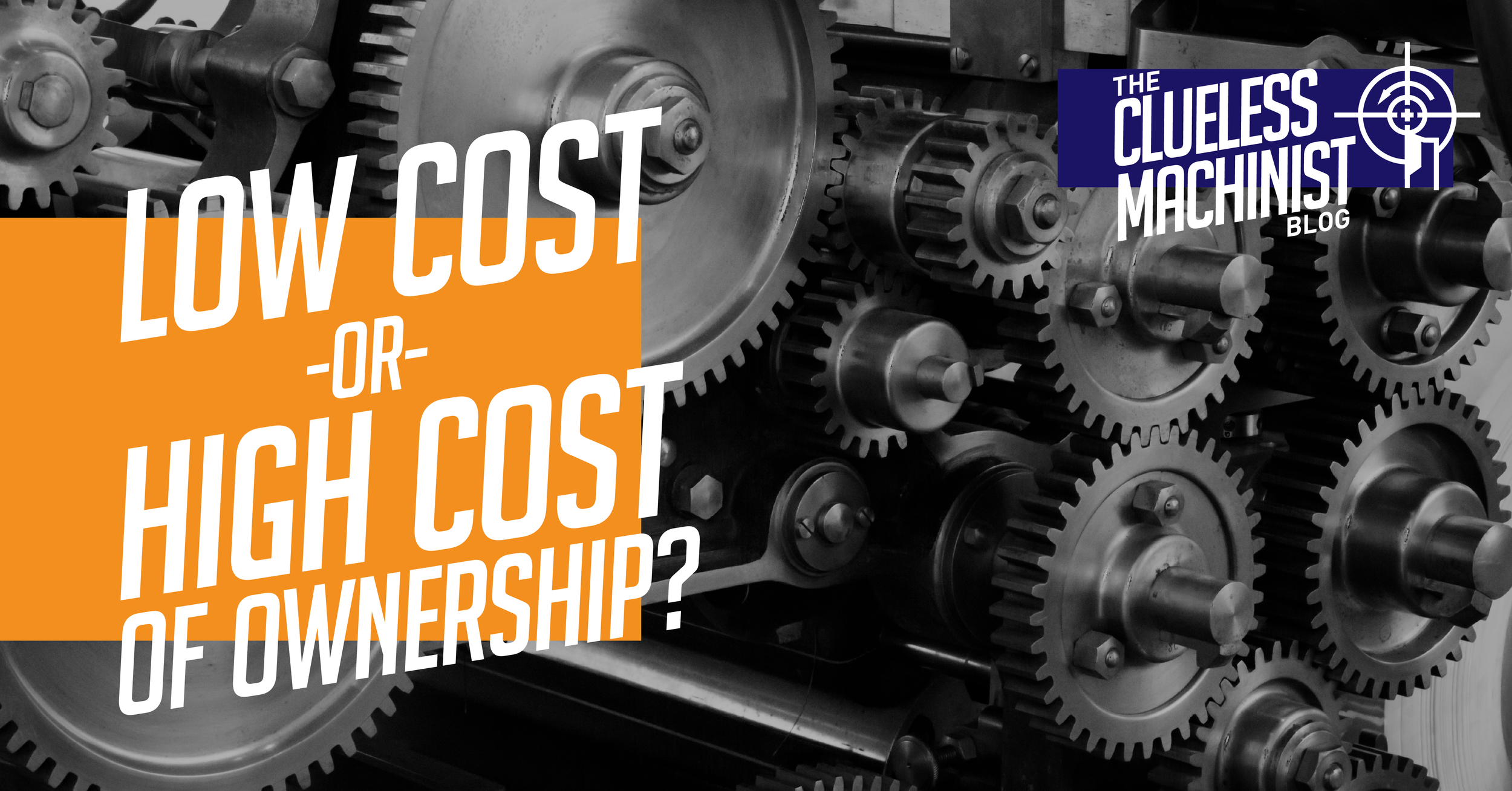Design for Manufacturing (DFM) is an essential approach to ensure that parts are designed in a way that optimizes production efficiency and minimizes costs. Here are seven strategies to help reduce part costs from a DFM perspective:
1. Optimizing Hole End Angles
When working with lathe components like pistons, valves, or nozzles, ensuring the hole end angles match the tip angles of standard drills can save on production costs. Specifying angles that align with available ready-made drills eliminates the need for custom solutions and additional drilling processes, streamlining production and reducing expenses.
2. Ensuring Adequate Pilot Hole Length for Threading
For parts requiring internal threading, securing a sufficient pilot hole length is crucial. Short pilot holes necessitate special cutting tools to avoid breakage, increasing costs. By ensuring the pilot hole length exceeds the threading length, standard tools can be used, leading to significant cost reductions.
3. Allowing Drill Tip Shapes in Counterbores
Certain lathe products, such as pistons or pins, require flat counterbore end surfaces, which involve extra machining processes. Allowing the drill tip shape to remain at the center of the counterbore end face can eliminate the need for additional machining, thereby reducing production costs.
4. Switching from Radius to Chamfer on Corners
Lathe products often have corners requiring a radius shape, which demands frequent tool maintenance. Changing the corner shape from radius to chamfer allows for the use of standard tools, even when worn, reducing the need for maintenance and lowering management costs.
5. Ensuring Clearance for Threaded Parts
For threaded lathe parts, achieving the effective thread length without a clearance groove can be challenging. Adding a clearance groove allows for the desired thread length and simplifies the threading process. The groove should be at least 150% larger than the thread pitch length to be effective.
6. Enhancing Machinability of Stainless Steel with Copper
Stainless steel grades like SUS303 are commonly used for shafts, but their machinability can be improved by adding copper, transforming it into SUS303Cu. This enhancement improves surface roughness and prevents burr formation, leading to reduced production costs.
7. Optimizing Broaching Dimensions
A major issue in broaching lathe-turned parts is having shallow pilot holes, which cause chip accumulation and obstruct the broaching tool. Increasing the depth of pilot holes prevents chip pooling, ensuring the proper broaching length is achieved without obstructions, thus streamlining the broaching process.
By implementing these design for manufacturing strategies, you can significantly reduce part costs and improve production efficiency.

















